1 Pot – 2 Lantana Orange Plants Live for Planting 3-6″Tall Natural Mosquito Repellant Garden-Attract Hummingbirds & Butterflies (No Ship CA)
Original price was: $36.99.$16.99Current price is: $16.99.
Add vibrant color and life to your garden with these easy-to-grow plants. They attract pollinators and naturally repel mosquitoes. Perfect for sunny locations!
Estimated arrival
Dec 09
Dec 14 - Dec 16
Dec 19 - Dec 23
Reasonable Price
We offer reasonable price

Support 24/7
Contact us 24 hrs a day

100% Money Back
You've 30 days to Return

Payment Secure
100% secure payment
Bring Vibrant Color to Your Garden with Lantana Orange Plants
These plants are a fantastic addition to any garden, offering vibrant orange, yellow, and red flowers that bloom from late spring to fall. They are known for attracting butterflies, bees, and hummingbirds, making your garden a lively hub for pollinators. Not only are they beautiful, but they also act as a natural mosquito repellent, providing a practical benefit alongside their aesthetic appeal. Easy to care for and relatively low-maintenance, these plants are perfect for both novice and experienced gardeners. They thrive in full sun and well-draining soil, ensuring a robust and prolific display of blooms throughout the growing season.
Benefits:
- Attracts Pollinators: Attract butterflies, bees, and hummingbirds to your garden.
- Natural Mosquito Repellent: Keeps mosquitoes away naturally.
- Long Blooming Season: Enjoy vibrant flowers from late spring to fall.
- Low Maintenance: Easy to care for, perfect for any gardener.
- Drought Tolerant: Once established, needs less frequent watering.
Lantana Orange Plant Care Guide
To ensure your plants thrive, here’s a detailed care guide:
- Sunlight: Requires 6-8 hours of direct sunlight daily.
- Soil: Needs well-draining soil to prevent root rot.
- Watering: Water deeply but allow soil to dry between waterings.
- Fertilizing: Use a balanced fertilizer in early spring and a low-nitrogen fertilizer during blooming.
- Pruning: Regularly remove spent blooms to encourage continuous flowering.
Troubleshooting Tips
While these plants are relatively pest-resistant, watch out for common pests like aphids and spider mites. Treat with insecticidal soap or neem oil if needed. Ensure good air circulation to prevent powdery mildew and other fungal diseases.
Frequently Asked Questions
- How big will these plants get? They typically grow to be 1-3 feet tall and wide.
- Can I grow these in containers? Yes, they thrive in containers as long as the pot has good drainage.
- How often should I water the plants? Water deeply once a week during dry periods, allowing the soil to dry out between waterings.
- Are these plants safe for pets? No, they are toxic to pets if ingested.
- Do these plants attract butterflies? Yes, they are known for attracting butterflies and other pollinators.
Be the first to review “1 Pot – 2 Lantana Orange Plants Live for Planting 3-6″Tall Natural Mosquito Repellant Garden-Attract Hummingbirds & Butterflies (No Ship CA)”

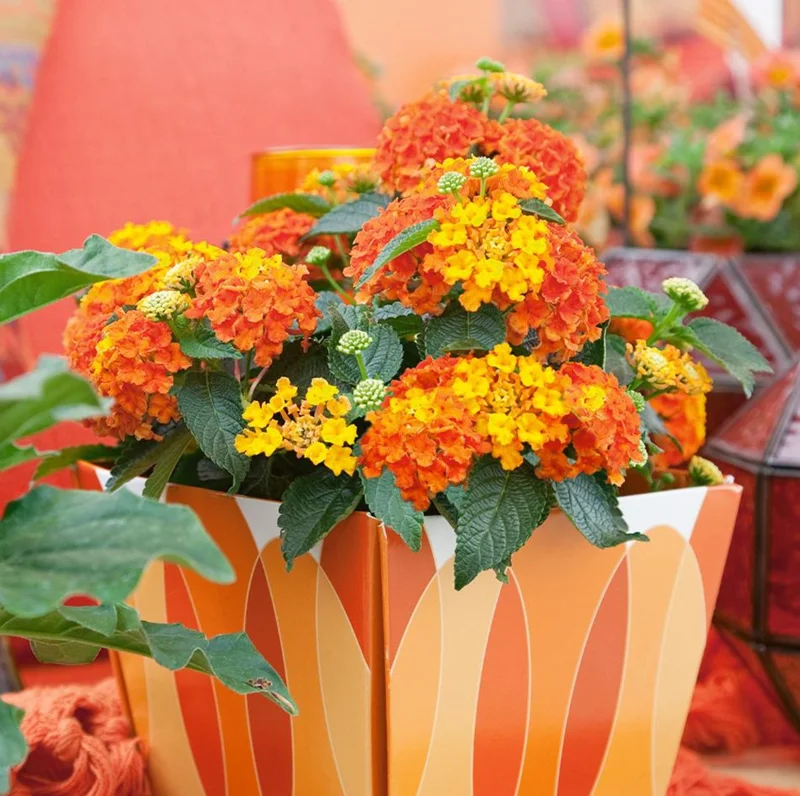
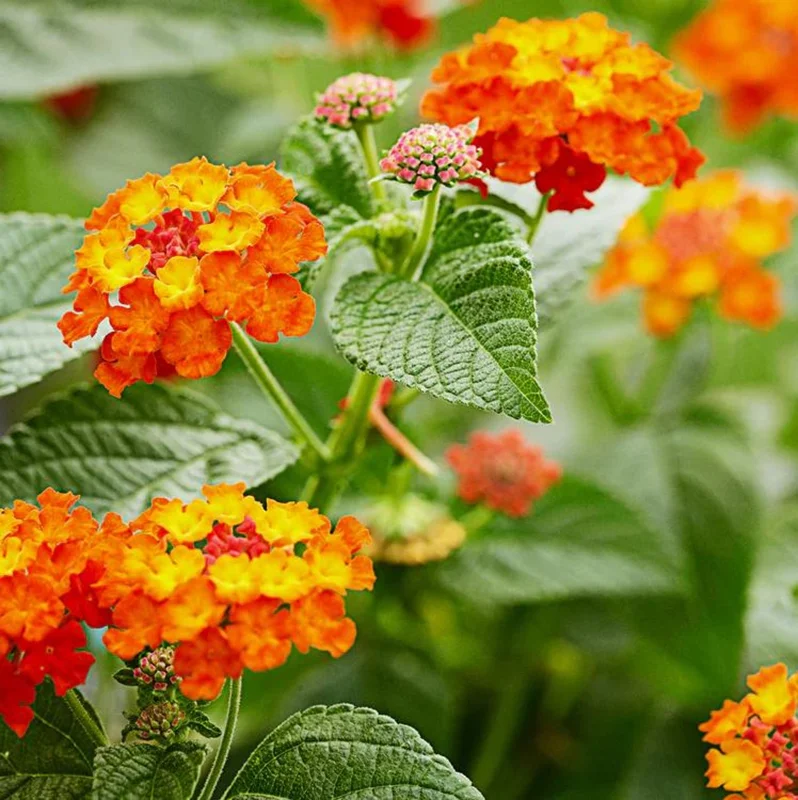
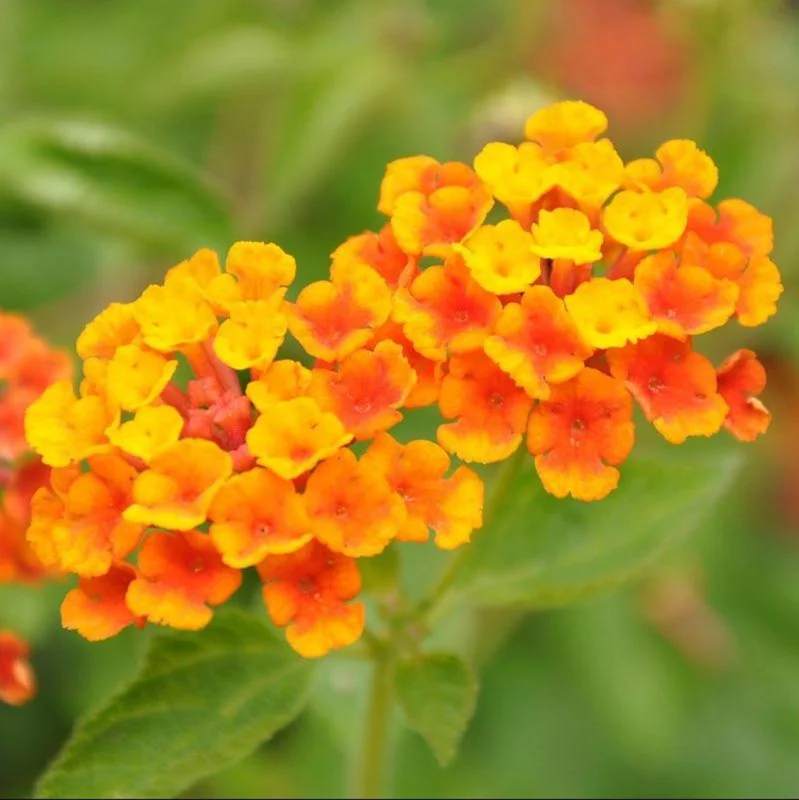
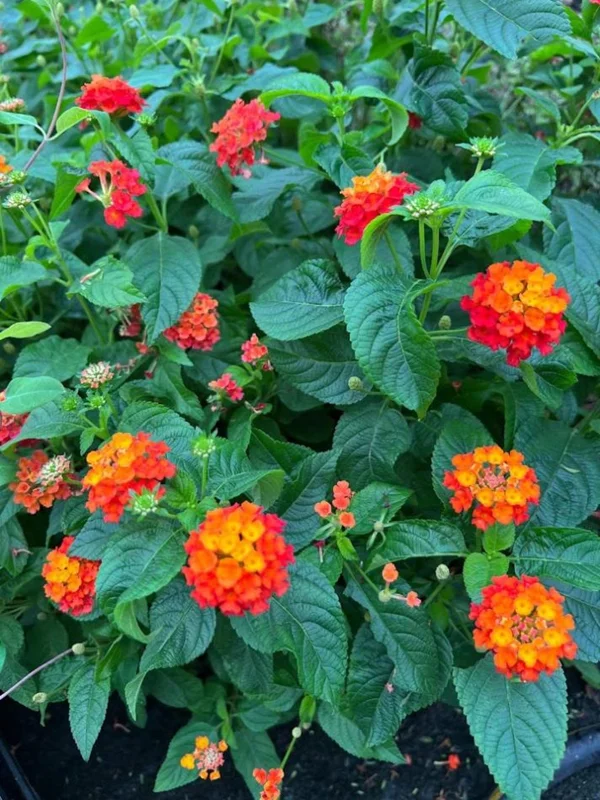
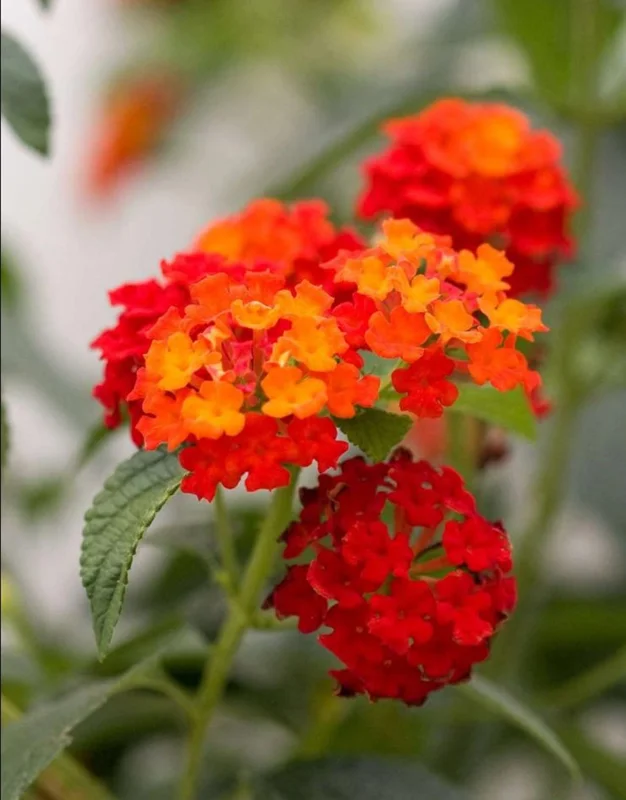
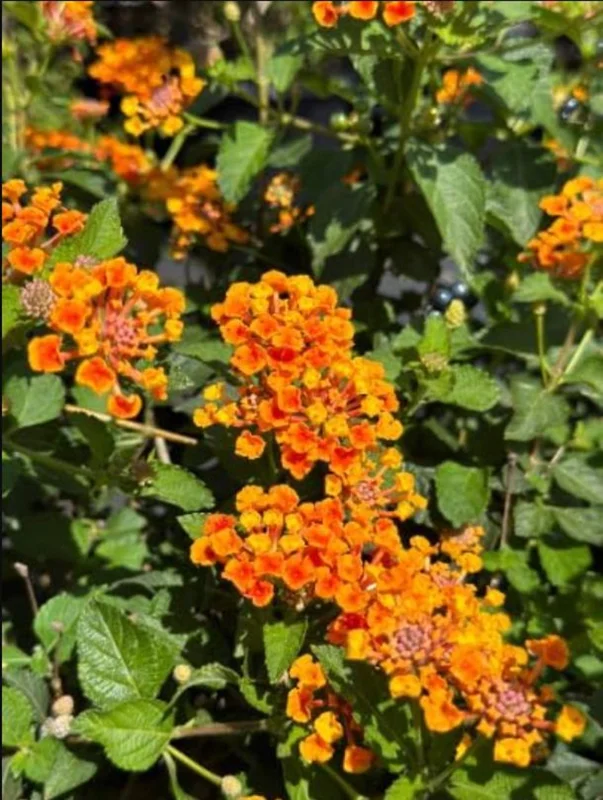
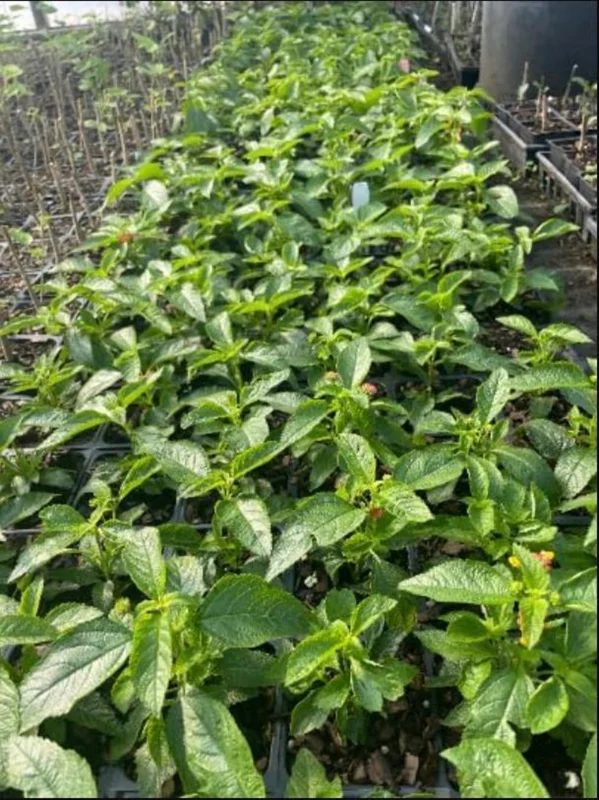
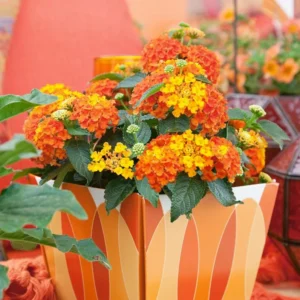

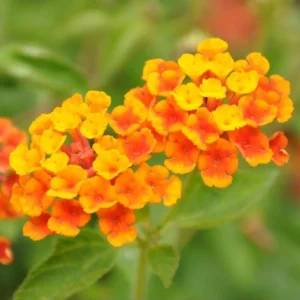
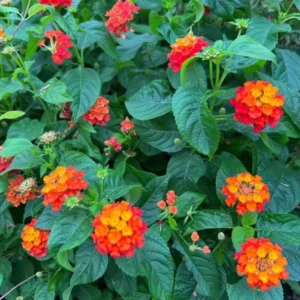
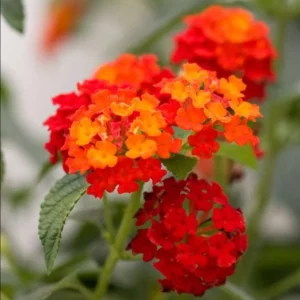
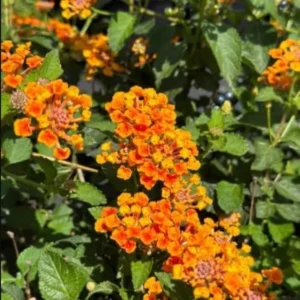
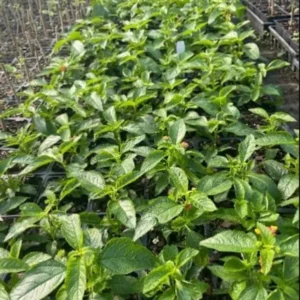
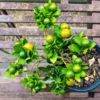
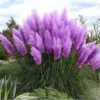
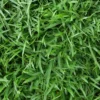

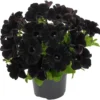
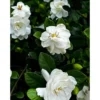
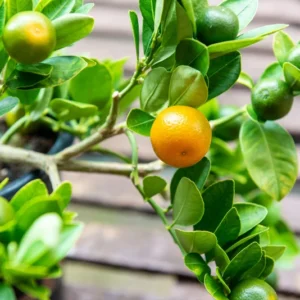
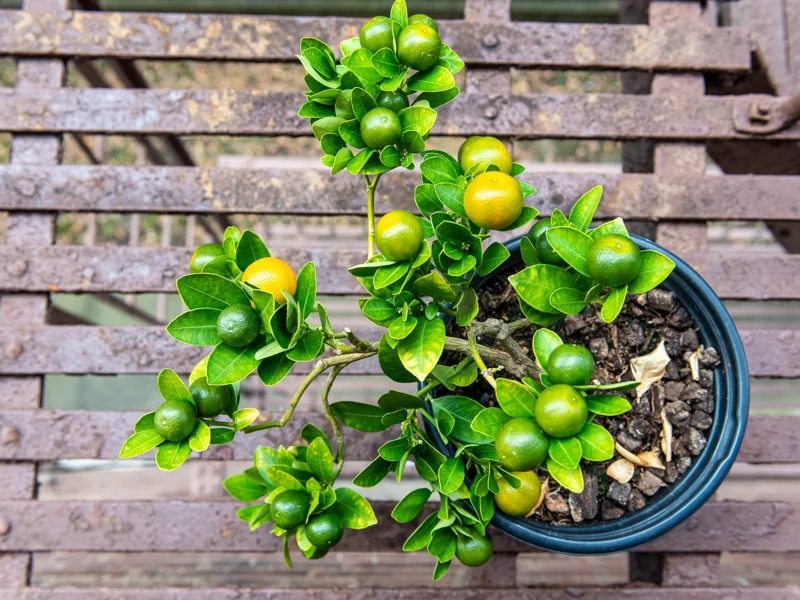
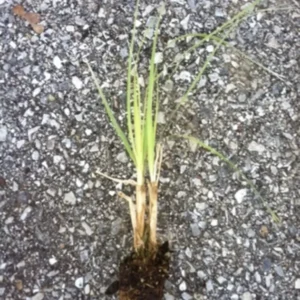
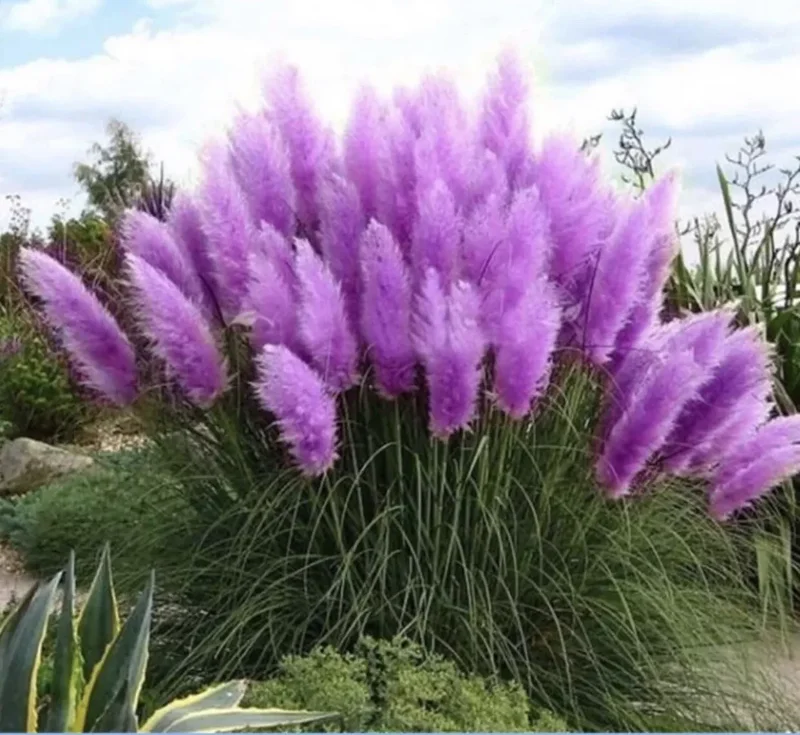
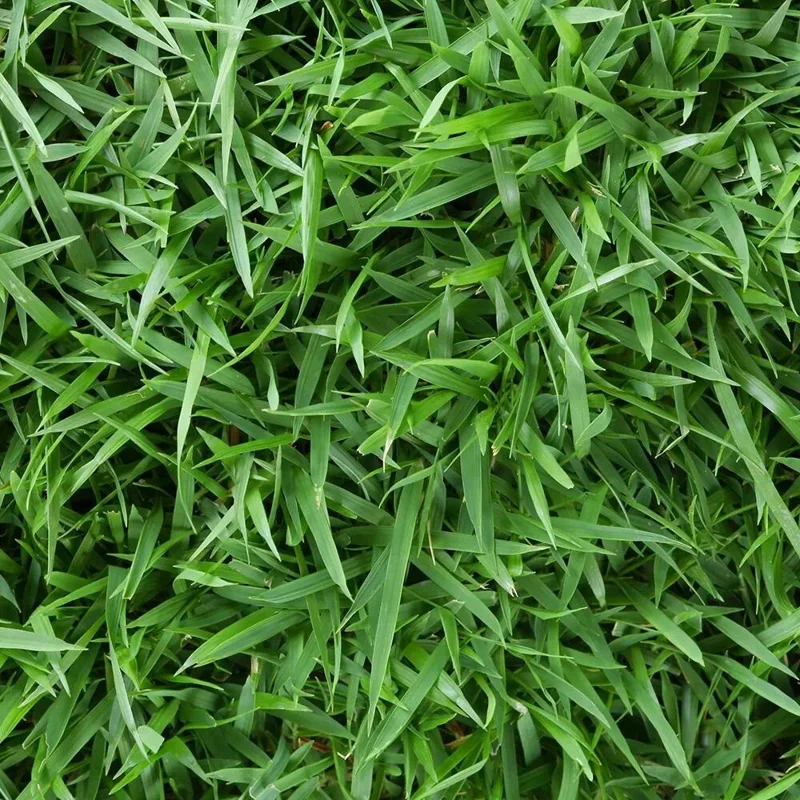


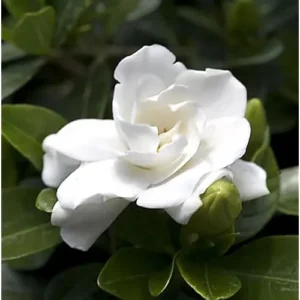
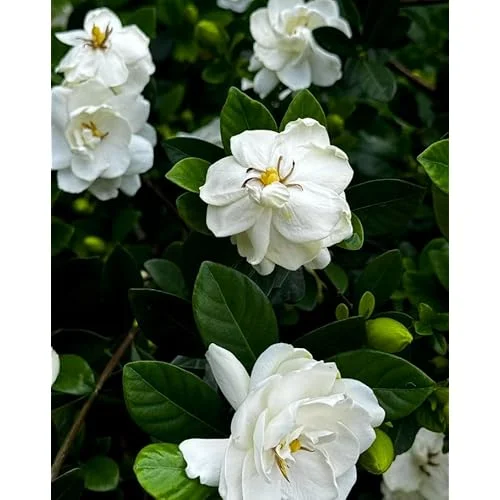
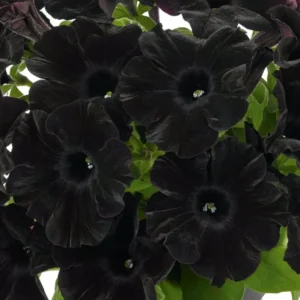
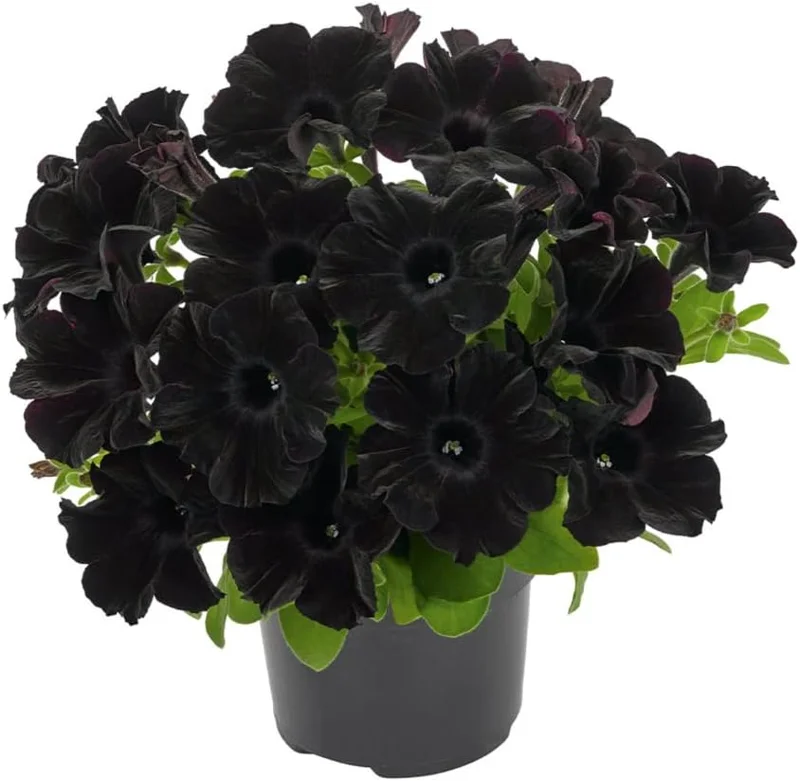
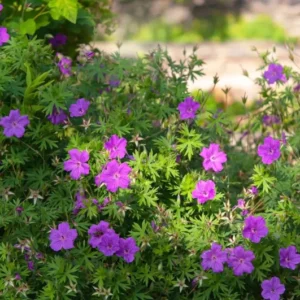
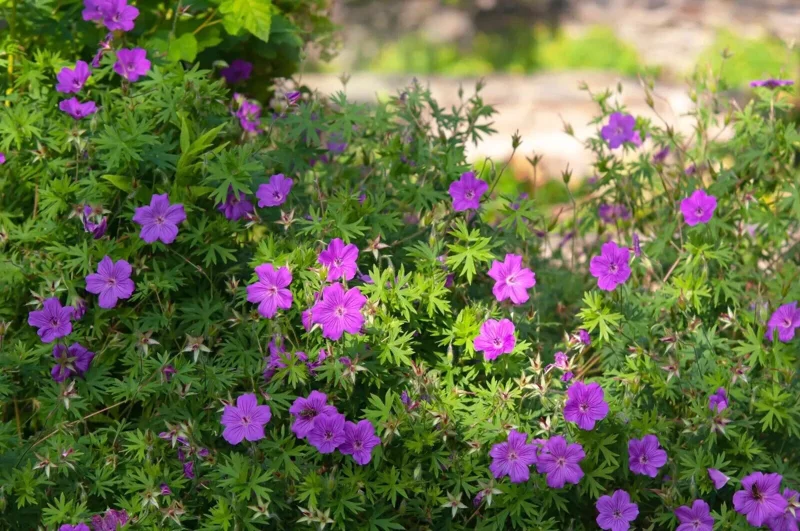
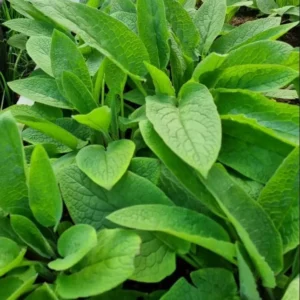
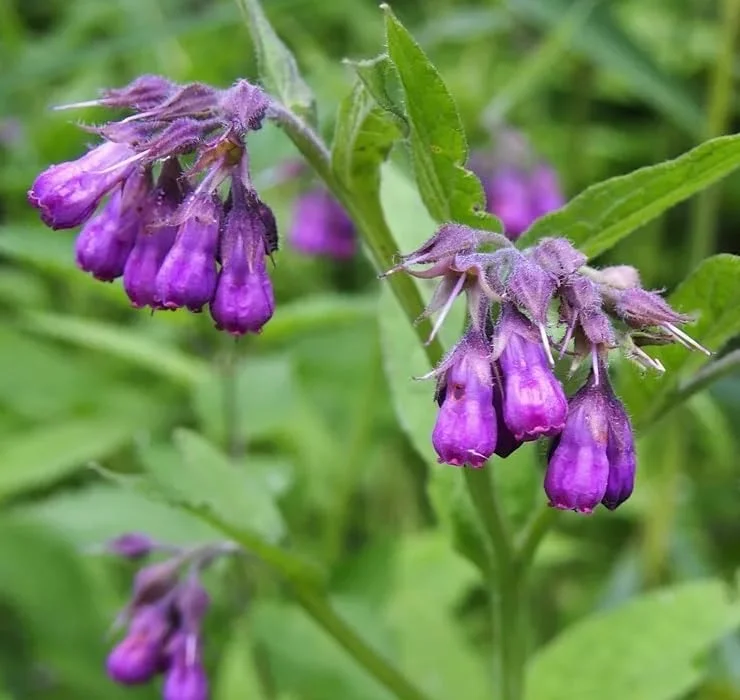
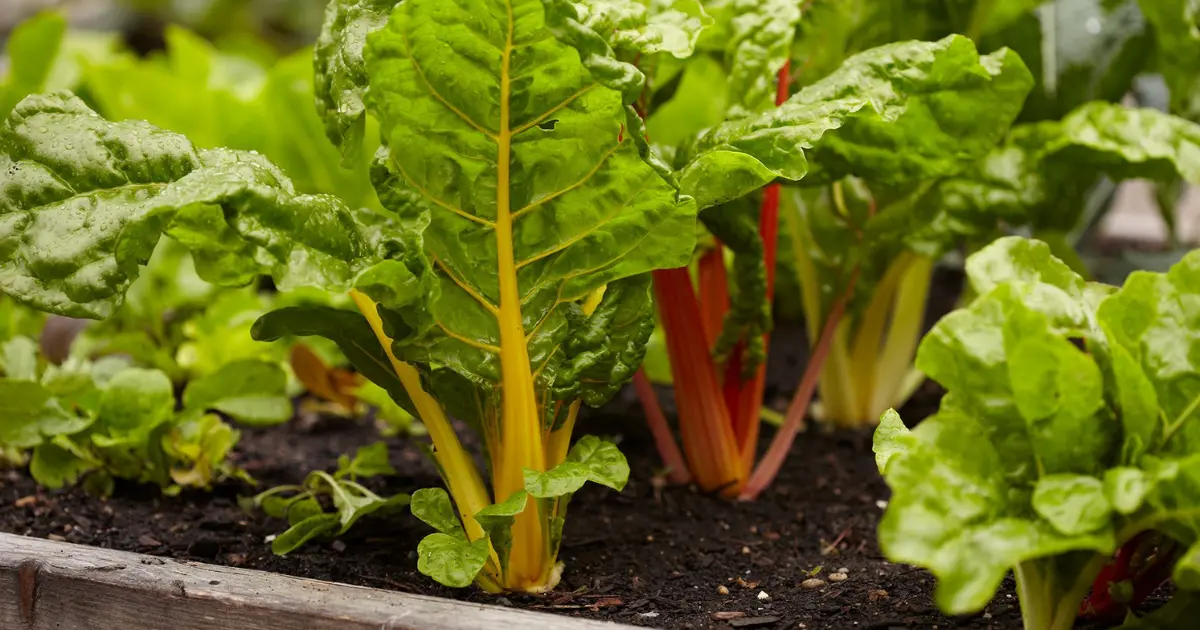
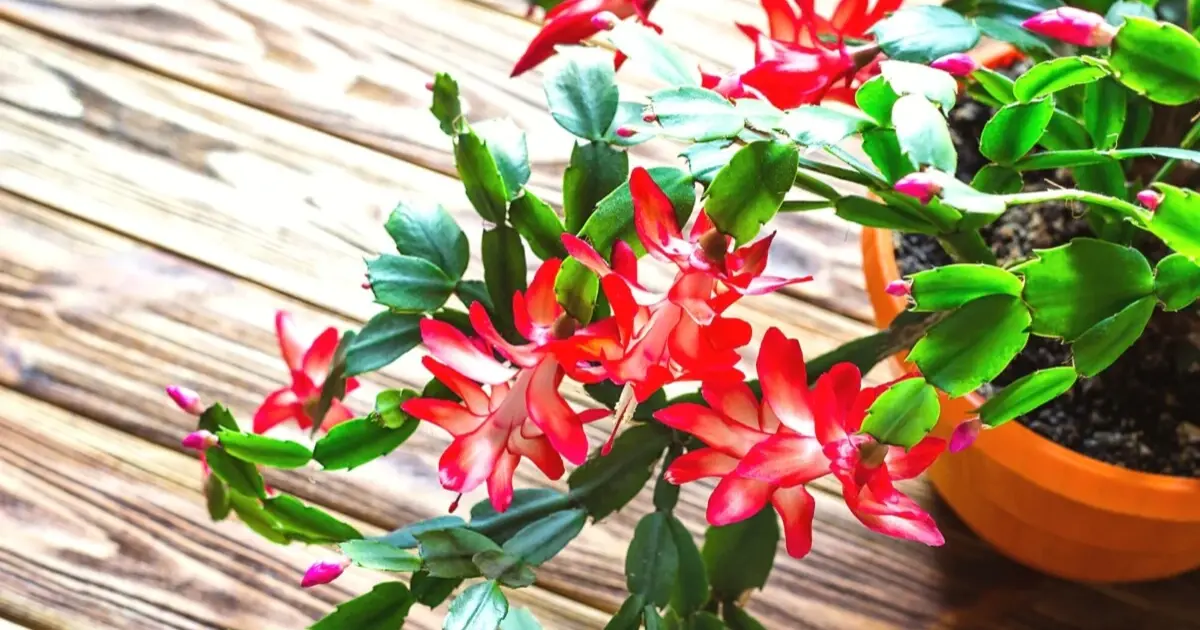
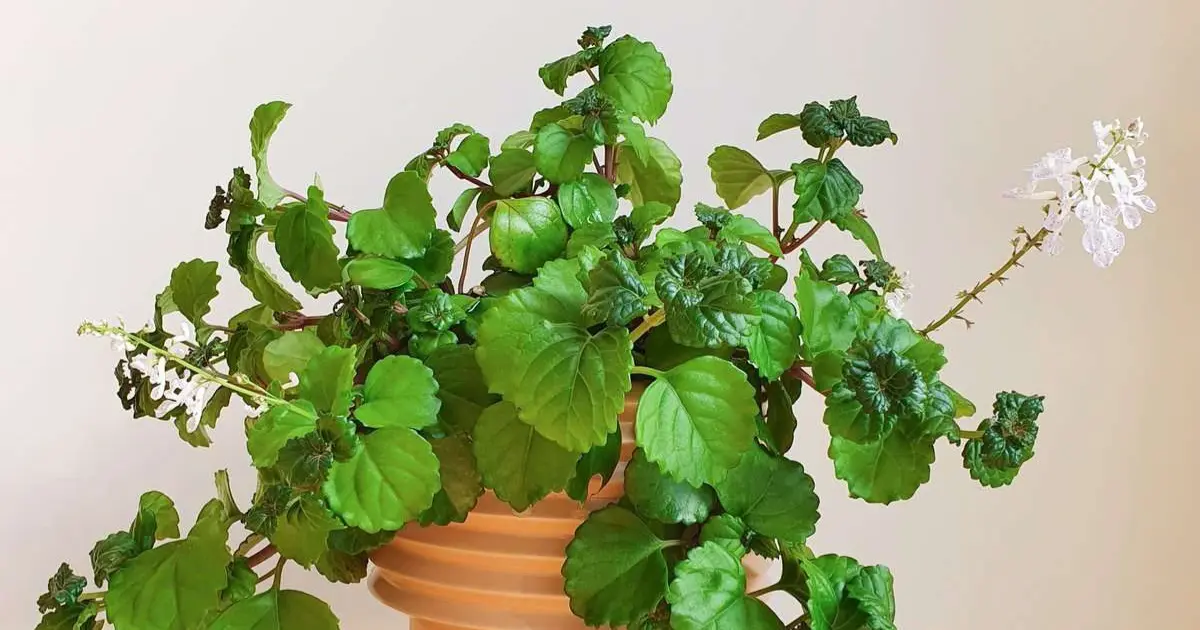
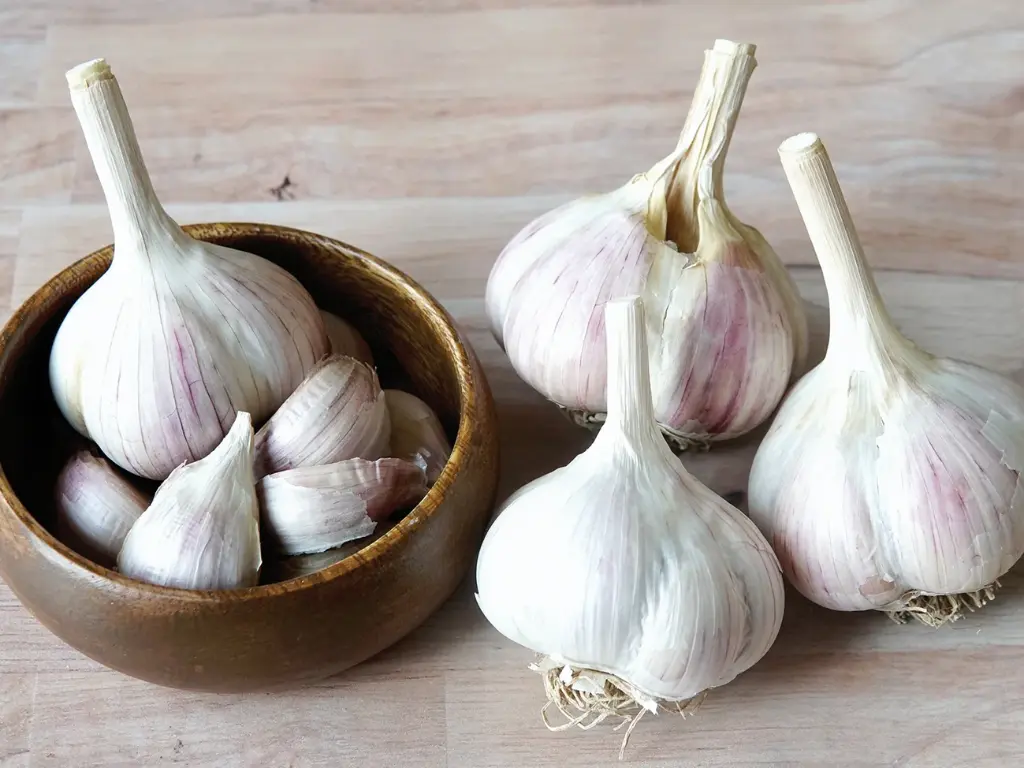
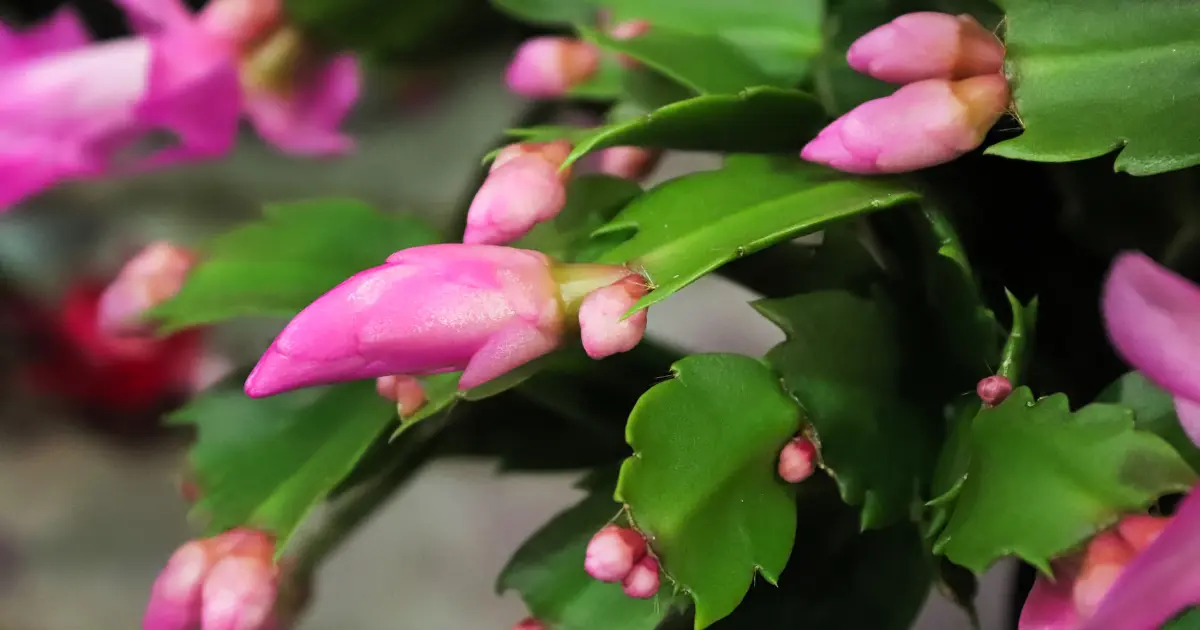
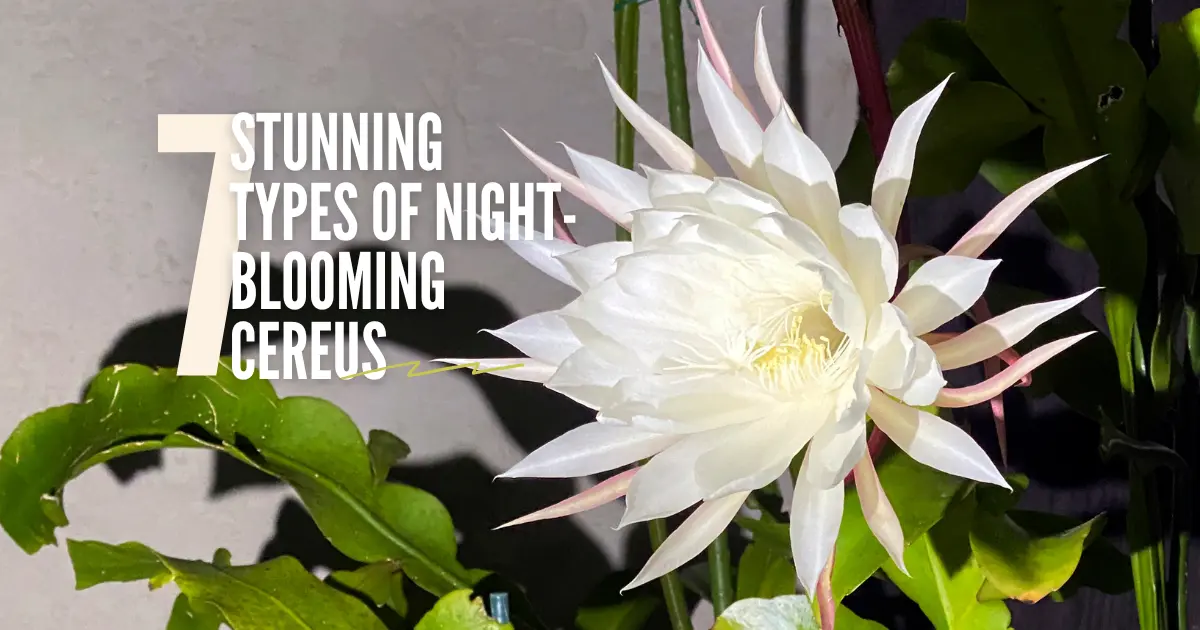
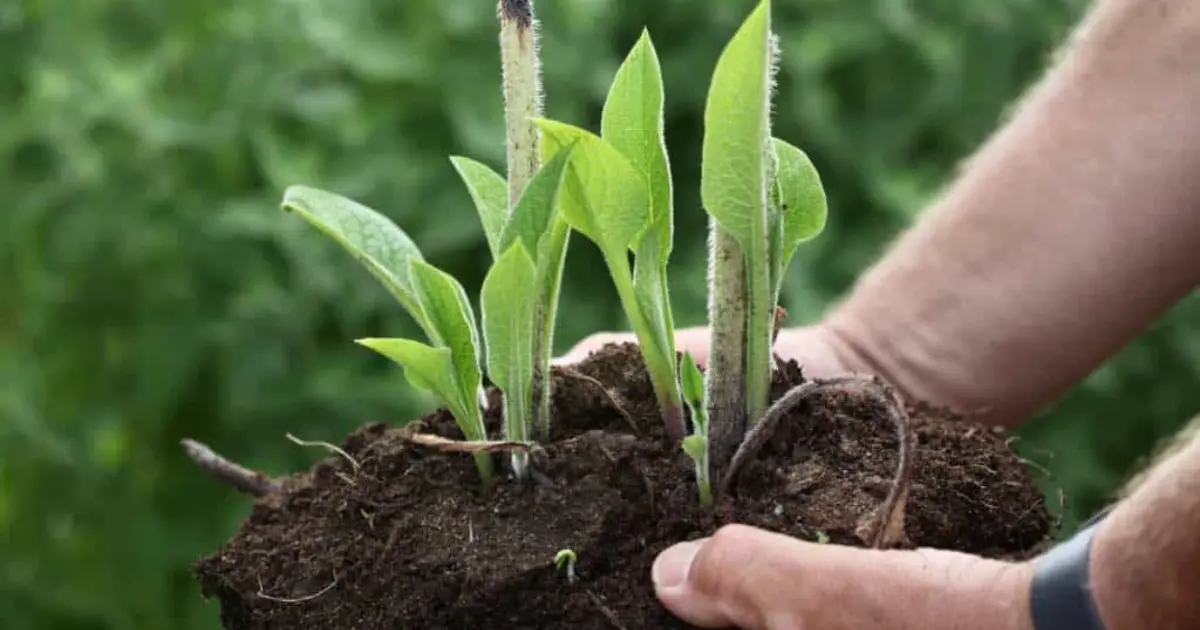


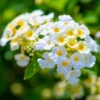

Reviews
There are no reviews yet.